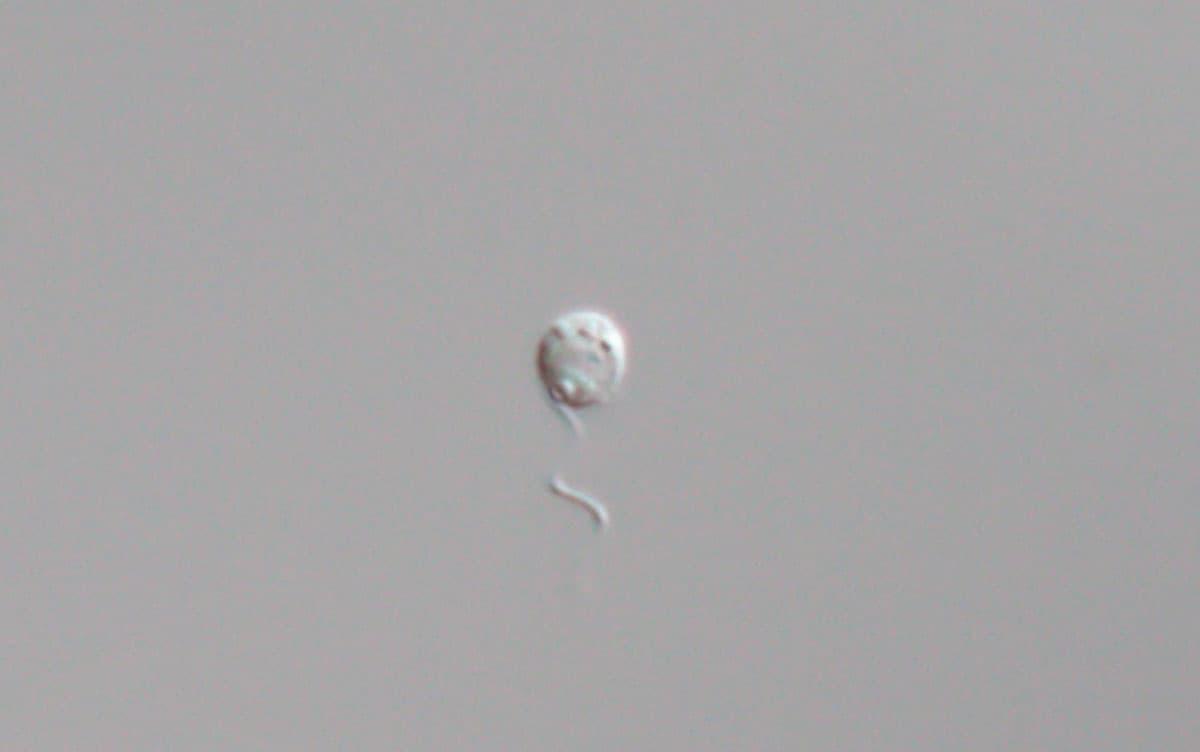Research News
Discovery of Three Novel Minorisa Species, the Smallest Predatory Marine Picoplankton

Researchers at the University of Tsukuba have made a significant discovery by identifying and characterizing three novel species within the Minorisa genus of marine picoplankton. Before this study, only one species of Minorisa was recognized. This finding reveals previously unseen diversity of Minorisa, thereby enhancing species identification and our understanding of its ecological functions in marine ecosystems.
Tsukuba, Japan—Minorisa, a group of unicellular eukaryotes (protists), is renowned as one of the smallest predators in the world. These microorganisms are widely distributed in oceans, with a particular abundance in coastal regions, where they are believed to play a crucial role in marine ecosystems. Moreover, their close association with chlorarachnion algae, possessing plastids, makes Minorisa essential for understanding how chlorarachnion algae acquired plastids. Nevertheless, until now, only one species, Minorisa minuta, had been formally described, and the absence of available culture strains hindered taxonomic investigations.
In this study, we successfully isolated five cultured strains of Minorisa from seawater collected along Japanese coastlines. Detailed microscopic observations and comparisons of gene sequences were conducted. All five isolates exhibited a distinctive feature of Minorisa, a single flagellum coiled spirally around the cell. However, there were variations in cell size and pseudopodia shape among the isolates. Additionally, the analysis of nucleotide sequences revealed that three out of the five strains were genetically distinct from M. minuta. These three new species were identified and named as M. fusiformis, M. magna, and M. megafusiformis.
This study has revealed the previously unknown diversity within the genus Minorisa. The culture strains identified in this study present promising opportunities for investigating the ecological role of Minorisa and gaining insights into the evolutionary processes associated with chloroplast acquisition in chlorarachnion algae.
###
This work was supported by JSPS KAKENHI Grant Numbers 19H03282 and 18J02091.
Original Paper
- Title of original paper:
- Molecular and morphological characterization of three novel Minorisa species (Chlorarachnea) and proposal for an emended description of the M. minuta
- Journal:
- Phycological research
- DOI:
- 10.1111/pre.12533
Correspondence
Assistant Professor SHIRATORI Takashi
Institute of Life and Environmental Sciences, University of Tsukuba
Related Link
Institute of Life and Environmental Sciences



